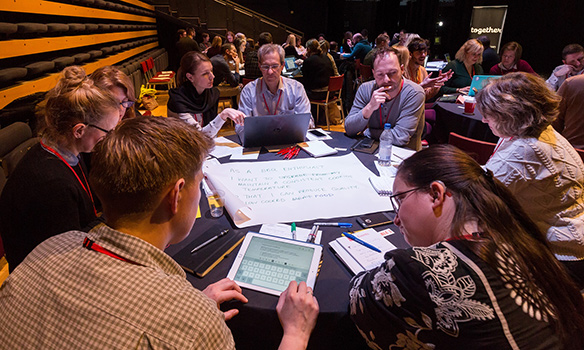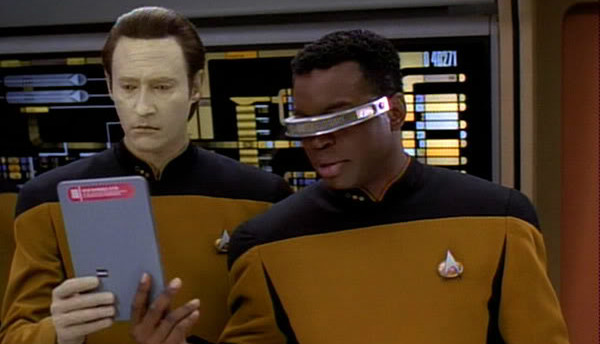In our planning for the web training, we told you all about the core model; web pages that direct users to business goals or further information.
The paths through these pages can be highlighted as calls to action (CTA). Today, I’m going to talk about them in a little more detail.
Transactional vs navigational
There are two types of CTA, transactional and navigational.
Transactional CTA achieve business goals by getting your users to:
- buy
- order
- book
- enquire
- pay
- apply
Navigational CTA provide users with forward paths by linking to further information or a logical ‘next step’ in the user journey.
When you need to button it
Navigational CTA generally only need a hyperlink within the text. For example, ‘visit our Postgraduate website to find out more about funding opportunities’.
Transactional CTA require something with more impact. That’s where the T4 content type 08. Button comes in.
Buttons are larger and more eye-catching than hyperlinks. The text on them should be active, and encourage the user to do something like ‘buy now’ or ‘sign up’.
There’s examples of CTA buttons on our Go Mobile Demo website.
Storytelling
Think of your web page as a story, with the call to action as the epic climax. The narrative or your page (ie the rest of the content) should build anticipation for the call to action.
You should tell your users:
- what the page is about
- what the problem/issue/benefit is
- a little of what the user will get out of pressing your button
Get it right
You can find out about different types of CTA, what types of pages to use them on, and even our top tips for using buttons.



